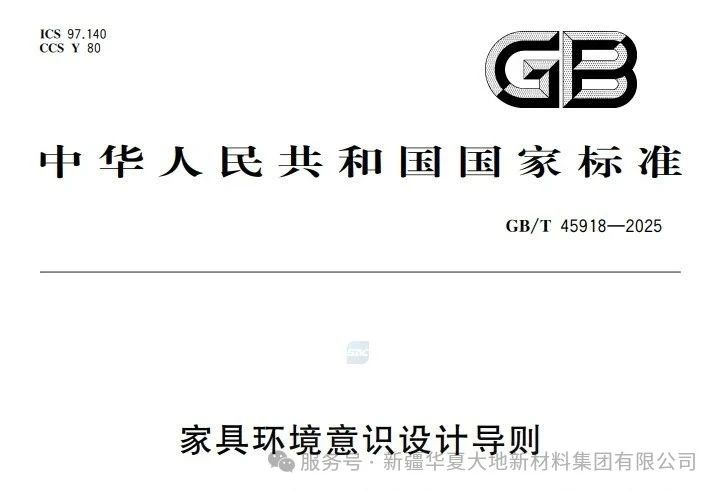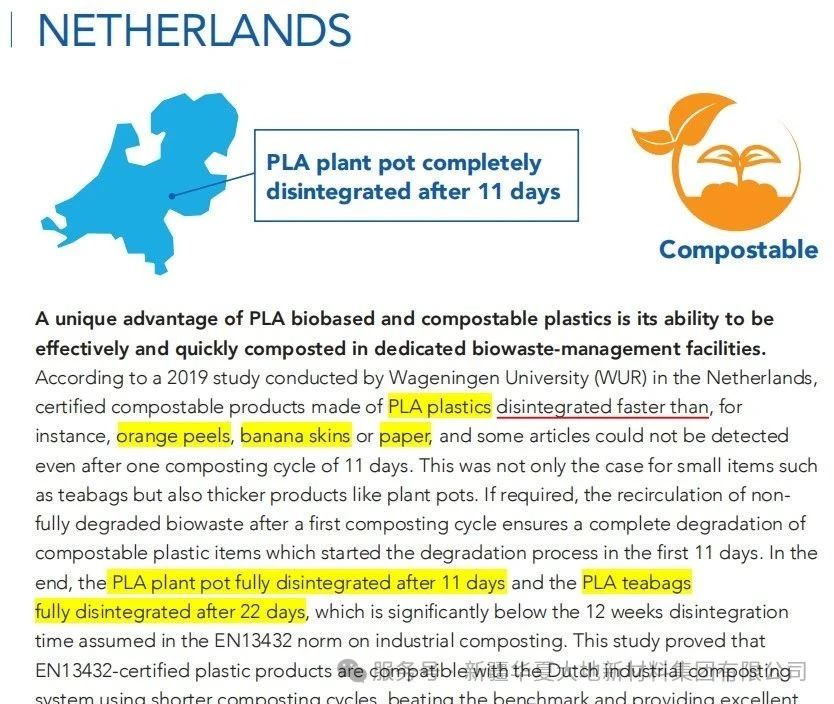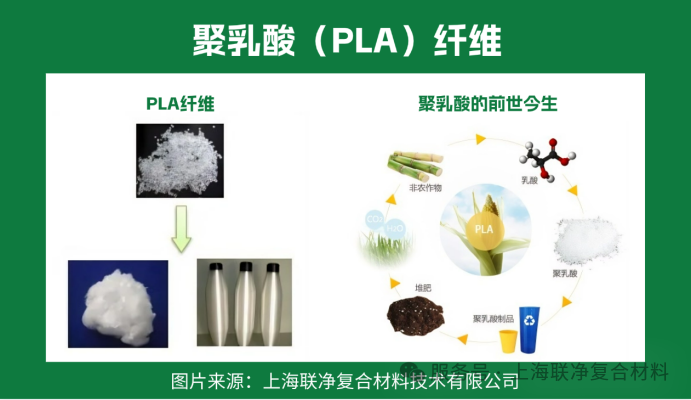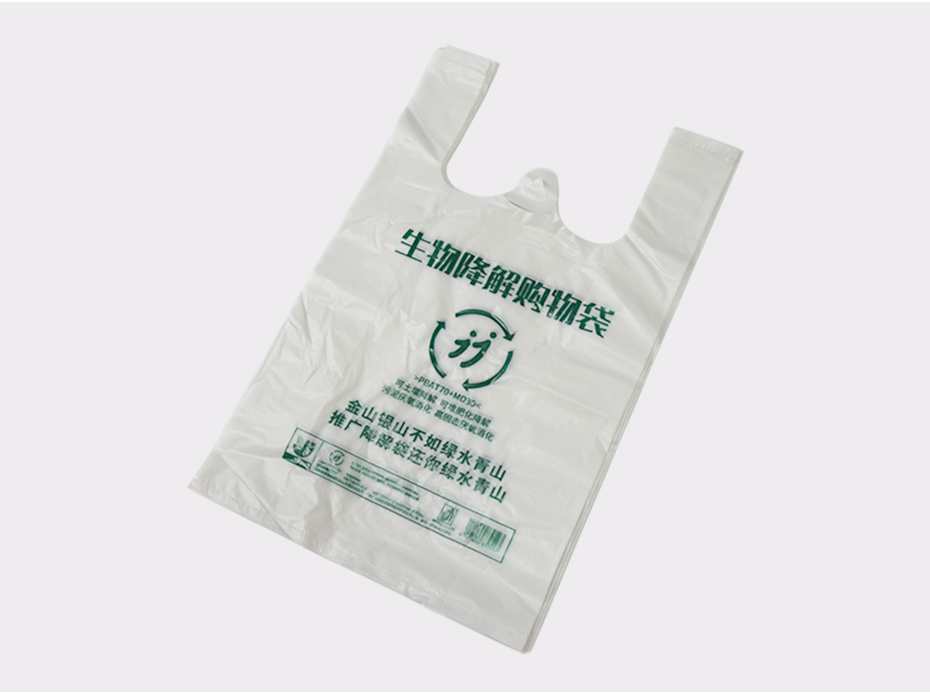Introduction
New materials are hailed as the "industrial grain" of modern industry, playing a crucial role as the underlying support in the waves of high-end manufacturing, energy revolution and technological innovation. As the top-ranked strategic emerging industry in China's "14th Five-Year Plan", its core value lies not only in promoting the upgrading of traditional industries - through breakthroughs in material strength (such as carbon fiber tensile strength exceeding 3500MPa), development of special functions (such as graphene's super-conductive thermal conductivity of 5300W/mK), and intelligent responses (such as the environmental adaptability of shape memory alloys), but also in giving birth to a brand-new industrial ecosystem. This silent material revolution is driving the global economic structure towards high-end, intelligent and green transformation, becoming the ultimate battleground for technological competition, industrial restructuring and national defense security among major powers.
01 Definition and Classification
New materials are by no means simple improvements of traditional ones. Instead, they achieve leapfrog breakthroughs in performance under extreme conditions through the three-dimensional synergy of precise control in composition design (such as doping with rare earth elements), disruptive innovation in process routes (such as atomic layer deposition technology), and targeted optimization of microstructures (such as the construction of nano-pores). Such breakthroughs must cross two key thresholds: irreplaceability at the application end (solving bottlenecks that traditional materials cannot overcome) and economic feasibility in commercialization (cost curves approaching or surpassing existing systems).
Take photoresist as an example. In the process of advancing towards the 5nm manufacturing process, EUV photoresist needs to achieve atomic-level precise molecular structure design (such as the directional arrangement of PAG groups) and strictly control metal impurities to less than 0.01ppb. Meanwhile, bio-based materials like polylactic acid (PLA) have reduced their costs to 12,000 yuan per ton through non-grain raw material processes, finally approaching the cost critical point of polypropylene (PP). When the price difference narrows to within 20%, the penetration rate of PLA in packaging and textile fields will accelerate, driving a million-ton-level substitution market.
In industrial practice, new materials exhibit multi-dimensional classification characteristics:
In terms of policy, it is classified into advanced basic materials that have been scaled up (such as microalloyed aluminum alloys for aviation), key strategic materials that urgently need domestic substitution (such as EUV photoresist), and frontier new materials in the laboratory transformation period (such as perovskite quantum dots).
Chemically speaking, it covers metallic materials (including rhenium-containing nickel-based superalloy blades), polymer materials (maleimide-modified epoxy resin), inorganic non-metallic materials (silicon carbide substrates), and composite materials (carbon-silicon carbide heat-resistant components for aerospace applications).
In terms of application scenarios, new materials can be classified into electronic information materials (semiconductors, optoelectronics), new energy materials (solar cells, energy storage materials), biomedical materials (degradable stents, artificial organs), energy conservation and environmental protection materials (degradable plastics, catalytic materials), and high-end manufacturing materials (aerospace alloys, superconducting materials), etc.
02 Market Explosion
The global new materials market size is expected to reach nearly 5 trillion US dollars in 2024. China, with a production value of 8.48 trillion yuan, contributes approximately one-third of the global share and has maintained double-digit growth for 14 consecutive years. It is projected that by 2025, China's production value will exceed 10 trillion yuan, and its global share will rise to 35%, becoming the core growth engine.
China's new materials industry is undergoing a triple jump of "policy guidance → technological breakthrough → commercial application". Data from various fields verify that a positive cycle of rising domestic substitution rates and cost reduction has been formed, with structural highlights standing out:
New energy materials: The market size of silicon carbide power devices is expected to exceed 18 billion yuan, and high-nickel ternary batteries are driving the range of electric vehicles to exceed 800 kilometers.
Semiconductor materials: The penetration rate of SiC/GaN is increasing, and domestic photoresist technology is making breakthroughs from 28nm to 14nm.
Green materials: Bioplastic and hydrogen energy storage and transportation materials accelerate commercialization.
This round of outbreak was jointly driven by three forces:
The exponential growth of downstream demand: New energy vehicles (the value of silicon carbide per vehicle has increased fourfold in three years), 5G base stations (the demand for high-frequency copper clad laminates has grown exponentially), commercial aerospace (a 90% reduction in launch costs has driven the demand for lightweight composites), etc., constitute the core scenarios. What is even more worthy of attention is the rise of the humanoid robot industry - a single Optimus robot consumes nearly 4 kilograms of neodymium iron boron magnetic materials, and a scale of one million units will generate an additional demand of nearly 4,000 tons per year.
Disruptive transformation of technological paradigms:
AI-driven research and development: Google DeepMind discovered 22,000 new crystals through machine learning, increasing the energy density of lithium battery cathodes by 8%, and compressing the R&D cycle from a decade-long "trial and error" process to 3-5 years.
The technological revolution: Metal 3D printing has reduced the cost of titanium alloy aviation blades by 40% to 60%, and the penetration rate has risen from 10% in 2020 to 25% in 2024.
The integration of disciplines: Metal-organic framework (MOF) materials have given rise to a new market worth billions in the fields of energy storage and catalysis.
Strong national strategy guidance: China has listed new materials as one of the ten key areas in "Made in China 2025", established a 50 billion yuan national fund, and raised the additional deduction ratio for research and development expenses to 120%. There are 36 types of "bottleneck" products such as semiconductor materials and high-temperature alloys, covering a 2 trillion yuan replacement space. Meanwhile, the 15% increase in export costs due to the EU's carbon tariff and the technological blockade of the US "Innovation and Competition Act" have forced the industry to build an independent and controllable supply chain system.
03 Global Competition and Cooperation
A clear three-pole pattern has emerged in the global competition for new materials:
North American technological hegemony: DuPont monopolizes the market for aerospace-grade polyimide films that can withstand temperatures up to 450°C, with a premium rate as high as 250%; 3M controls the technology of medical-grade titanate coatings, holding over 30% of the patents in the field of biomaterials. Through NASA's certification system and the "Innovation and Competition Act", the United States has built an all-round barrier from space materials to quantum technology.
The precise defense line of Japan and South Korea: The 8-micron ultra-thin polyimide film produced by Japan's Kureha Chemical holds over 35% of the global market share for flexible circuit substrates, and it controls 85% of the high-end photoresist market above KrF. South Korea, on the other hand, focuses on OLED display materials. Its high-purity indium tin oxide target material technology has pushed the transmittance of OLED to exceed 93%, and the annual production capacity of indium phosphide substrates increases by 10%.
European green barriers: BASF, a German company, holds nearly 30% of the global market share in biodegradable materials. The EU has added three new restrictions on titanates through the upgraded REACH regulation. The "Graphene Flagship 2.0" project, which has an investment of 1.2 billion euros, and the mandatory carbon tariff policy have formed a dual moat of technology and regulations, reshaping the value chain.
China has achieved partial leadership by leveraging its scale cost advantage (accounting for 92% of global polysilicon production for photovoltaic cells) and complete industrial chain (occupying 60% of the global market share of silicon-based materials for lithium battery anodes), but it still faces structural contradictions: the domestic production rate of ArF photoresist is still below 20%, and the import dependence of aviation carbon fiber exceeds 65%. In the next five years, the competition will focus on three aspects: the efficiency of AI research and development (high-throughput computing reduces R&D costs by 50%), the right to speak in international standards (dominating the formulation of standards for lithium battery anodes), and the resilience of the green supply chain (responding to the EU carbon tariff).
04 Industrial Breakthroughs
For new materials to move from the laboratory to mass production, they must overcome three critical hurdles:
Performance bottleneck: Shortcomings in component design and process control lead to significant gaps in key indicators. The purity of electronic-grade chemicals needs to reach 99.9999% (6N grade) to meet the requirements of 14-nanometer chip manufacturing. In 2023, China achieved a breakthrough in the mass production of ultra-high-purity reagents. The coefficient of variation for aviation-grade carbon fibers (such as T800/T1100 grades) is set at ≤3% in industry standards. Zhongfu Shenying, through process optimization, met this standard in Q2 of 2024, becoming the first domestic carbon fiber enterprise to enter the supply chain of Commercial Aircraft Corporation of China (COMAC).
In the equipment sector, the import reliance on core equipment such as photolithography machines and atomic layer deposition devices exceeds 90%. The breakthroughs of 5-nanometer etching machines by China Microelectronics Corporation and PECVD equipment by Shenyang Topring have opened up a crucial gap for the localization of materials. What is even more notable is the innovation in intelligent inspection - the AI vision system developed by the Ningbo Institute of the Chinese Academy of Sciences has controlled the defect rate of semiconductor-grade polyimide films to below 0.1%, and increased the sorting efficiency by five times.
Certification hurdle: The certification cycle for automotive-grade materials can last up to 3 to 5 years. The carbon fiber battery box of Guoke Lingxian passed 50 rigorous tests by CATL before being approved. The average time for clinical validation of Class III medical devices is 7 years. Leading enterprises are building a closed loop where application feeds back to R&D, and ecological collaboration has become the key to breaking through.
05 Future Vision
The future landscape of China's new materials industry is unfolding around three major leaps, which not only reshape the industrial structure but also deeply integrate into the national strategy and the global competition context, demonstrating the intertwined power of technological innovation and ecological transformation.
Green Revolution: By 2025, the mandatory proportion of green electricity in the polysilicon industry will reach 25% to 70% (implemented by province), with the northwest bases achieving a cost reduction of over 28% through direct supply of green electricity, promoting a leap in the global competitiveness of photovoltaic materials; the raw material cost of bio-based nylon 56 is reduced by 82.5%, and the carbon footprint throughout its life cycle is reduced by 60%, with planned annual production capacity exceeding 500,000 tons, replacing 10% of the traditional nylon market. The industrialization of circular materials technologies such as bamboo-based cellulose film is accelerating, contributing to the governance of white pollution.
Intelligent Leap: The AI research and development platform has shortened the discovery cycle of new materials from 10 years to several months, reducing costs by 30% to 50%. 4D printing of smart materials (such as bio-based nylon 56) has commercialized self-deforming structures, which are applied in flexible electronic sensors and wearable devices, driving the innovation of consumer electronics forms.
The space economy: A single satellite in low Earth orbit requires 20 to 30 kilograms of radiation-resistant composite materials. With over 2,000 satellites expected to be launched globally by 2025, this will generate an annual demand of 40,000 to 60,000 tons. Metal-ceramic gradient materials (such as the Cu/WC system) have increased the interface bonding strength of rocket engine combustion chambers to 780 MPa (the benchmark value is 520 MPa), and improved the thermal shock resistance by three times, supporting the iterative development of reusable rocket technology.
Conclusion
China's new materials industry is at a historical turning point where it is transitioning from scale expansion to technological dominance. In the short term, the breakthrough lies in the localization of semiconductor materials; in the medium term, the explosive growth point is in new energy and bio-materials; and in the long term, the key to victory is the revolution in the new materials development paradigm driven by AI.
The five years from 2025 to 2030 will be a critical window for reshaping the global industrial landscape. For Chinese enterprises, only by building a trinity capability system of "AI R&D efficiency + international standard discourse power + green supply chain resilience" can they win the next "DuPont moment" in this zero-sum game. When the code of material genes is thoroughly deciphered, whoever masters atomic-level precision in component design, nanometer-level control in process innovation, and intelligent response in structural optimization will define the underlying logic of future industry.








